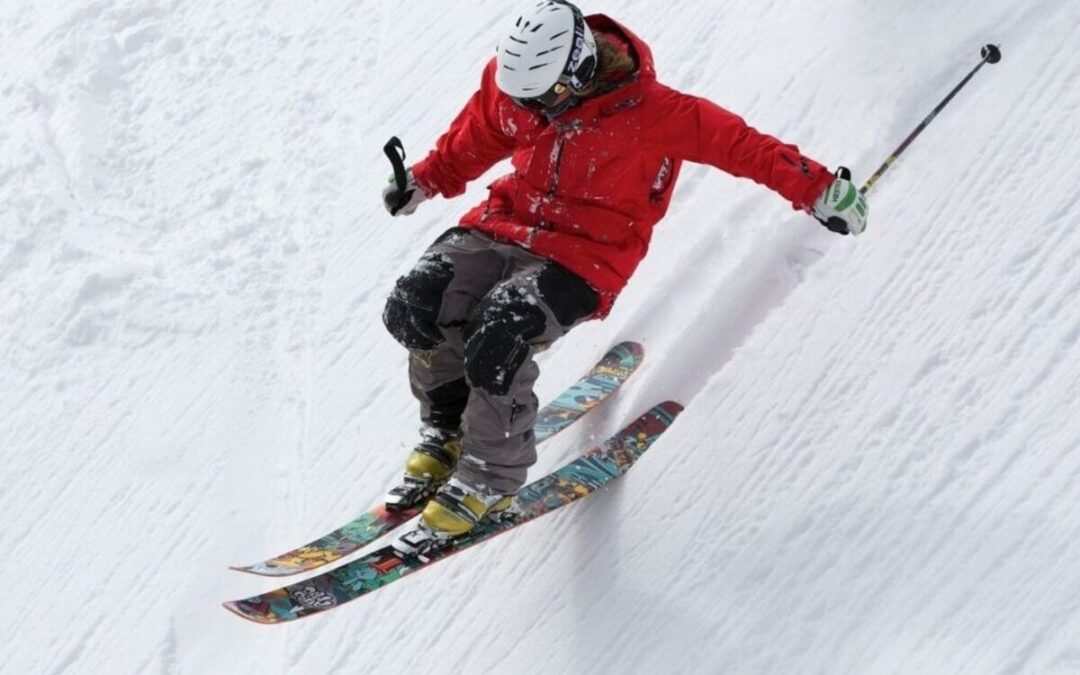In Colorado, over 4,100 snowboarders and skiers required treatment at emergency rooms via ambulances or helicopters between 2018 and the first part of 2020. Every day of the ski season resulted in 10 patients requiring emergency treatment. More than one out of every three snowboarders and skiers taken to emergency rooms required immediate surgery, indicating that their injuries were moderate-to-severe. While many ski accidents result in mild injuries, some cause catastrophic injuries that result in a lifetime of immobility.
Catastrophic Injuries Caused by Ski Accidents
In 2015, a ski coach ran over some deep ruts where a fence had been placed to prepare for snow grooming. He lost a ski and ran face-first into a flat area. As a result, he received a C-4 spinal cord injury and became quadriplegic. He requires a motorized wheelchair to move around and needs around-the-clock care. The husband and father of two states that had the ski resort left the fencing up and not pulled the fencing down and left trenches in the snow area, he would not be paralyzed.
Injuries Commonly Caused by Snowboarding and Skiing Accidents
The most common injuries sustained in skateboard and snowboard accidents are leg and head injuries. Of the 4,151 skiers and snowboarders taken to the ER, over 55% suffered some type of head or leg injury. Many experts have raised concerns that skiing and snowboarding are among the most dangerous recreational activities. These activities also account for the most catastrophic injuries.
According to the National Ski Areas Association, catastrophic injuries include any injury that results in “significant neurological trauma, major head injuries, spinal cord injuries resulting in full or partial paralysis, and injuries resulting in the loss of a limb.” The association found that during the 2019-2020 winter operating season, there were 29 catastrophic incidents. Most of the catastrophic injuries were caused by collisions. An average of 45 catastrophic ski injury incidents happen every year.
This number does not include catastrophic injuries that occur after operating hours in ski resorts. It also does not include catastrophic injuries suffered by ski area employees while working, unless the injury is similar to one that could occur with a guest. For example, a catastrophic injury caused by someone falling from a chair lift is not included in the data. As a result, the actual number of catastrophic injuries caused by ski accidents is likely much higher.
Recovering Compensation After a Catastrophic Ski Injury
If you or your loved one has suffered a catastrophic injury in a ski accident, you need to speak with an experienced lawyer. This lawyer can help you determine if there is a liability on the part of another for the injury. You may be entitled to compensation for your injuries. At Griggs Injury Law, we have over two decades of experience obtaining compensation for victims of catastrophic injuries. Contact us today to schedule your free initial consultation.


